|
Updated Apr. 4, 2024 From its inception in late-1958, the Minolta SR system included at least one short telephoto of 100mm focal length, predating their first 85mm optic by over a decade. The last listing at B&H that I could find for the final New MD 100/2.5 iteration was from July 1994 (production had obviously ended back in the mid-'80s when the Alpha/Maxxum AF mount was introduced). So a successful (albeit fairly quiet) 35-year sales run in total for the manual focus Minolta 100mms. And yet, when talk turns to short Minolta manual focus (MF) telephotos, almost invariably, the 85/1.7 (first introduced in MC Rokkor form in 1970) tends to dominate the conversation. Not without reason, mind you; the 85/1.7 and its successor, the 85/2, are some of the finest examples of the type, regardless of brand. As a result, the 100s have slipped into the shadows somewhat. But they are definitely worth your consideration...so let's dive in. Origins The first 100mm Minolta SLR lens offered for sale in 1959 was the Auto Tele Rokkor-QE 100/3.5 ("Auto" here referring to the automatic stopping-down and re-opening of the the aperture blades prior to and following exposure). Sporting 5 elements (E = 5) in 4 groups (Q = quattuor in Latin = four) with a weight of 310 grams/10.9 oz., the 100/3.5 would be produced until 1968 in four iterations that all shared the same Ernostar-type optical formula, with improvements in coatings and weight reduction being the main changes. With its moderate maximum aperture, the 100/3.5 is a true sleeper of a lens, giving very credible performance for a 60+ year old design. In 1961, Minolta served notice that they were rapidly maturing into one of the top optical manufacturers in the world with the unveiling of the Gauss-type Auto Tele Rokkor-PF 100/2 (P = pente in Greek = five groups, and F = 6 elements). The 100/2 would be produced in Auto and MC Rokkor forms over three generations, likewise ceasing production in 1968. 100/2 lenses were not exactly common in the early-'60s, with Canon being the only other Japanese manufacturer with as fast of a 100mm lens for sale during that time. They were thus not produced in great quantity, and that certainly proved true of the 100/2 Rokkors. In trying to keep the size and weight manageable, Minolta pushed the limits of the lens barrel technology of the time, and actually exceeded them with the 100/2. It was, therefore, a rather delicate lens with the focusing helicoids being thin enough that they would distort slightly if they suffered even a moderate impact, causing binding. The combination of large, relatively heavy glass elements and the thin barrel also meant that de-centering due to rough handling or an impact was not uncommon with the 100/2 Rokkors. The high cost and fragility of the 100/2 definitely impacted sales and Minolta was forced to reconsider their two-lens 100mm strategy. Which led them, in 1968, to replace both the 100/2 and the 3.5 optics with one that basically met in the middle: the 100/2.5. That Nikon's 105mm f/2.5 Nikkor-P lens was a best seller may well have swayed Minolta to adopt the same maximum aperture specification for their newest 100mm optic, instead of the more common f/2.8 selected by many of their other competitors ;-). Even with its 2/3-stop slower maximum aperture and the resulting reduction in size of the optics (the filter size dropped from 62mm to 55mm), the MC Tele Rokkor-PF 100/2.5 only weighed 15 grams less than the 100/2, due entirely to its beefier lens barrel and helicoid assembly (this was also reflected in the 5mm greater overall diameter of the lens over the 100/2). Minolta had definitely learned from their mistakes with the previous lens. Optically, the f/2.5 leaned closer to the f/2's Double Gauss layout than the f/3.5's Ernostar type, albeit with major design changes to the much thicker cemented second/third elements and thinner fourth element. While resulting in less field curvature than the 100/2, the revised optical formula of the f/2.5 still couldn't quite match the venerable f/3.5 when it came to field flatness. But overall, the performance of the new lens was excellent. The 100/2.5 PF would live through three iterations in MC-I (1968), MC-II (1970), and MC-X (1973) forms (according to Dennis Lohmann's excellent Minolta SR System website) and sold better than the old 3.5/2 duo combined. But there would be one more step in the development of Minolta's 100mm manual focus lens that would endure for nearly two decades on dealer shelves. The Ultimate Minolta 100/2.5 With the tremendous rise in popularity of zoom lenses from the last half of the 1970s forward, the last concerted efforts to optimize standard-aperture single focal length (prime) lenses from 24 to 200mm, by all manufacturers, took place in the early-to-middle part of the decade. This was evidenced by how many of these prime lens layouts survived, not just to the end of the manual focus era, but were even adopted for AF and lived well into the 21st century, in a few cases. Minolta's final 100/2.5 design that debuted in June 1976 as an MC Rokkor(-X) version would, aside from a downsizing and final tweak to the coatings in 1981, remain unchanged until the stock of lenses was exhausted in 1994-95 and it was dropped from the already-emaciated New MD lineup. ***NOTE*** The -X suffix following Rokkor simply indicated a lens produced for the North American market. Nothing more. And there really was no reason to update it, either. Not only was it a fine lens as it stood, but there was no longer enough demand for advanced manual focus prime lenses of any sort to justify the expense of developing something new. Case in point: Nikon had, by far, the most extensive MF lineup of any Japanese SLR company by the mid-90s, and still they saw no need to replace their legendary 105/2.5 that had last been redesigned in 1971 (with only coating updates as far as the optics went over its lifespan of 34 years). So what could Minolta do to improve on the already-very-good PF version? With improved glass types, they were able to eliminate the thin concave third element that was previously cemented to the thick convex second element in favor of a homogenous, even thicker second element (making for a 5-element in 5-groups construction). They were also able to reduce the overall length of the lens by 3.5mm and weight by 55 grams/2 oz. Further reductions in coma, spherical aberration, and coma flare (especially wide-open) were all made which improved contrast and resolution at full aperture. The optical engineers were also able to flatten the field to almost the same level as the exemplary 100/3.5. And finally, they were able to knock 20% off of the close focus distance of the PF, from 1.2m/4' down to 1m/3.3'. The improved full-aperture performance of the new 100/2.5 would set the pattern for Minolta's development of the replacement of the renowned 85/1.7 in 1979 with the 85/2 MD Rokkor, featuring similar improvements at full aperture. There would be four iterations of the 5e/5g 100/2.5:
Life with the MD Rokkor-X 100/2.5 So what is the ultimate 100mm MF Minolta lens like to use? Well, there are two distinct experiences to be had between the first three iterations and the final New MD version and it all revolves (literally ;-)) around one haptic feature: focus throw. Focus throw refers to how much rotation of the focus ring is required to go from infinity to minimum focus or vice versa. In general, longer focus throws allow for more precise focusing. That all sounds great, but there is a caveat: it takes more time to do so because you have to often re-grip the focus ring (or turn it uncomfortably far for your wrist) during the process, especially when going from one extreme to the other. In their desire for users to obtain the most precise focus with the original 5e/5g 100/2.5, Minolta chose to use the longest focus throw that I have thus far encountered on any 100-105mm standard optic: 298 degrees or nearly 5/6 of a revolution! To put that into perspective:
By now you have probably grasped the outlier status of the 100/2.5 Rokkor's focus throw ;-). Minolta must have received some feedback, for the New MD's focus throw dropped to right around 200 degrees, a reduction of a third! What will really determine which version is better suited to you will be the genres you photograph in. If you are a methodical, deliberate landscape or portrait type, the Rokkor versions will likely suffice. If you want something more responsive, but still with plenty of precision, the New MD will be the better choice. The older 6e/5g PF Rokkors sit about halfway in between at 256 degrees. Wrap-Up All that considered, my MD Rokkor-X 100/2.5 has given me my best portrait of my Dad, who is not noted for sitting still for pictures ;-). It vies with the 58/1.2 for my affections as my favorite Minolta lens. It will not be for everybody, but if you are one of those people who likes to be slowed down by your film photography, it will definitely fit the bill :-). Good copies will generally run about half the cost of the more famous 85/1.7 in equivalent condition, making it a relative bargain (you can still expect to put out $150 USD for an excellent condition copy) and a great value considering the images it is capable of producing. As usual with vintage lenses, a lens hood will maximize contrast in backlit conditions, with the New MD version offering the best flare-resistance of the lot, with the Rokkor versions just a whisker behind (Minolta was continuously developing its coatings, sometimes introducing improvements in the middle of productions runs). While 85s tend to be viewed as the go-to focal length for medium telephotos, I personally lean toward the 100-105s, and most photographers will favor one focal length over the other...it's just a matter of preference. Ask me to pick between a 100/2.5 MD Rokkor and a 105/2.5 AI Nikkor? Sorry, I love the distinct look both lenses give. The Nikkor is a bit more responsive with its shorter focus throw, but the Rokkor just has something about it that makes me forget all about stuff like that :-). References: Dennis Lohmann's Minolta Manual Focus Lens Index @ http://minolta.eazypix.de Minolta SR-2 Brochure @ https://www.pacificrimcamera.com Minolta Dealer Pages 1967 - SLR Lenses @ https://www.pacificrimcamera.com Minolta Lens Chronology @ http://thesybersite.com/minolta/historical/ Minolta System Handbook (Second Edition, 1976) by Joseph D. Cooper Minolta MC Lenses Service Manual Volume II Popular Photography July 1994 Roland's Nikon Pages @ http://www.photosynthesis.co.nz/nikon/lenses.html#top
4 Comments
Lennart Nenne Karlsson
9/17/2022 06:52:04 am
Hello again,
Reply
C.J. Odenbach
9/17/2022 09:34:42 am
Nice to hear from you, Lennart. Please don't feel the need to "upgrade" to the newer lens. That is not the intent of the article :-). The older version is just fine, particularly as you are already happy with it. And that matters more than anything I or anyone else can say. The 50+ years you have with your lens is worth far more than the improvements in optical corrections with the last version.
Reply
Kaliph
11/3/2022 07:49:31 am
Hi C.J. Odenbach,
Reply
C.J. Odenbach
11/3/2022 08:55:30 am
Nice to hear from you, Kaliph. I must say that I have yet to try any of the manual, pre-set Rokkors. In fact, I have never even seen one in my neck of the woods to this point. They were Minolta's original budget line of lenses and were in the lineup until the early-'70s, in some cases.
Reply
Your comment will be posted after it is approved.
Leave a Reply. |
C.J. OdenbachSuffers from a quarter-century and counting film and manual focus SLR addiction. Has recently expanded into 1980's AF point and shoots, and (gack!) '90s SLRs. He even mixes in some digital. Definitely a sick man. Categories
All
Archives
June 2024
|
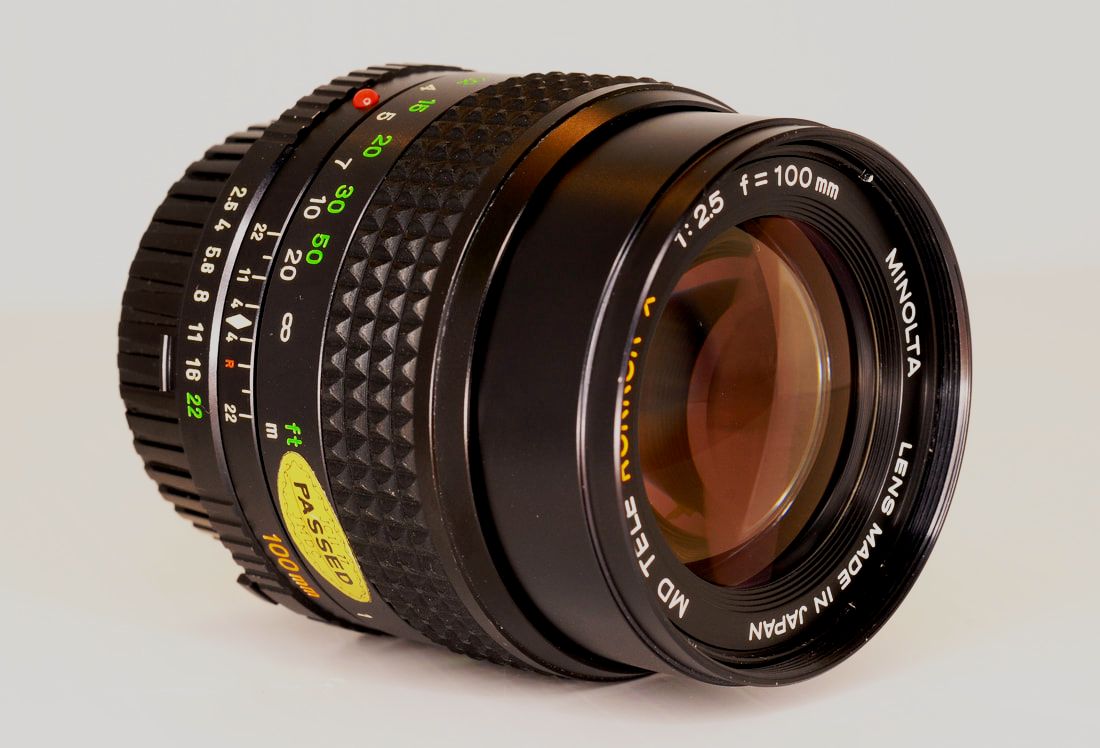
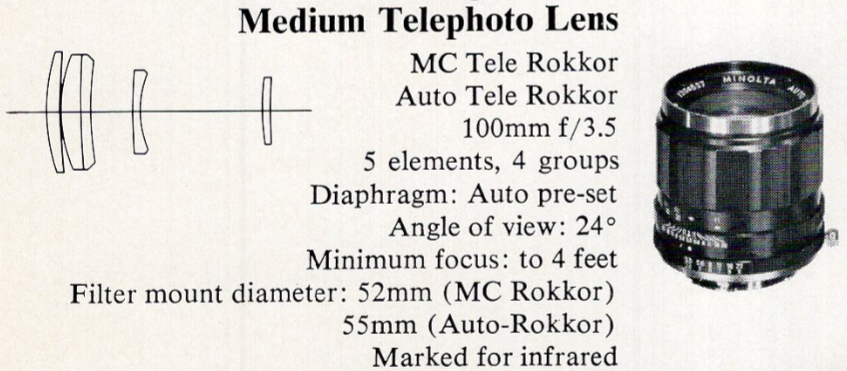
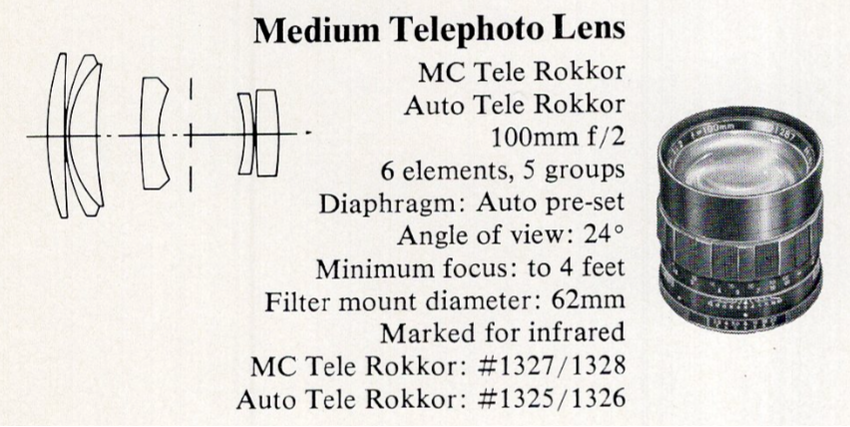
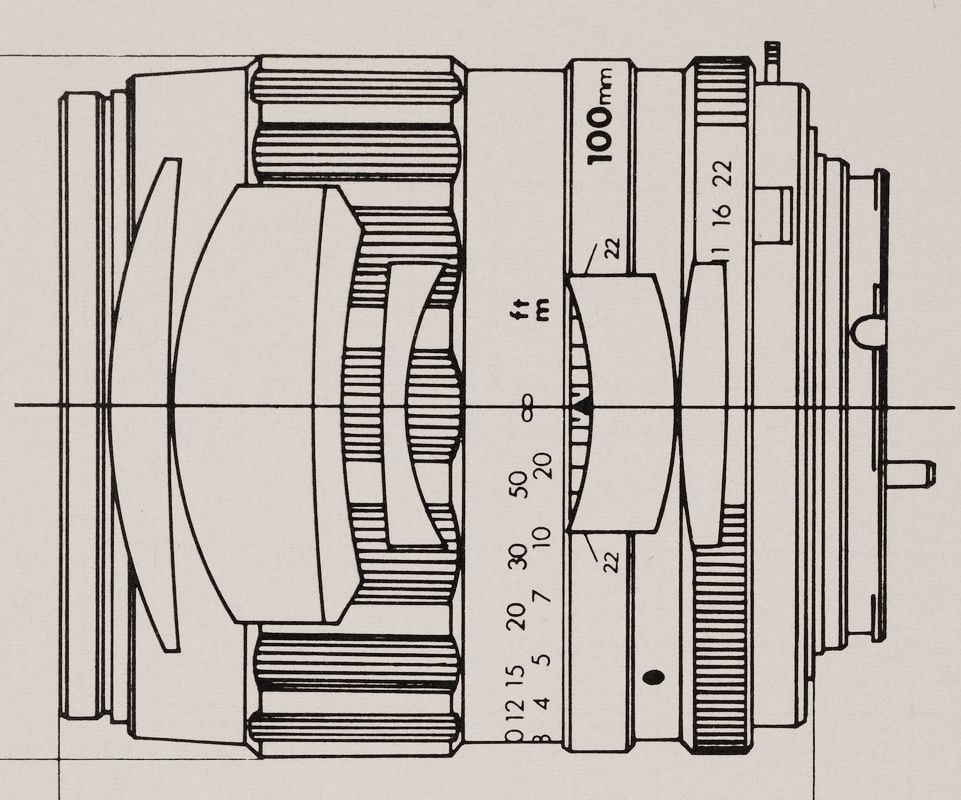
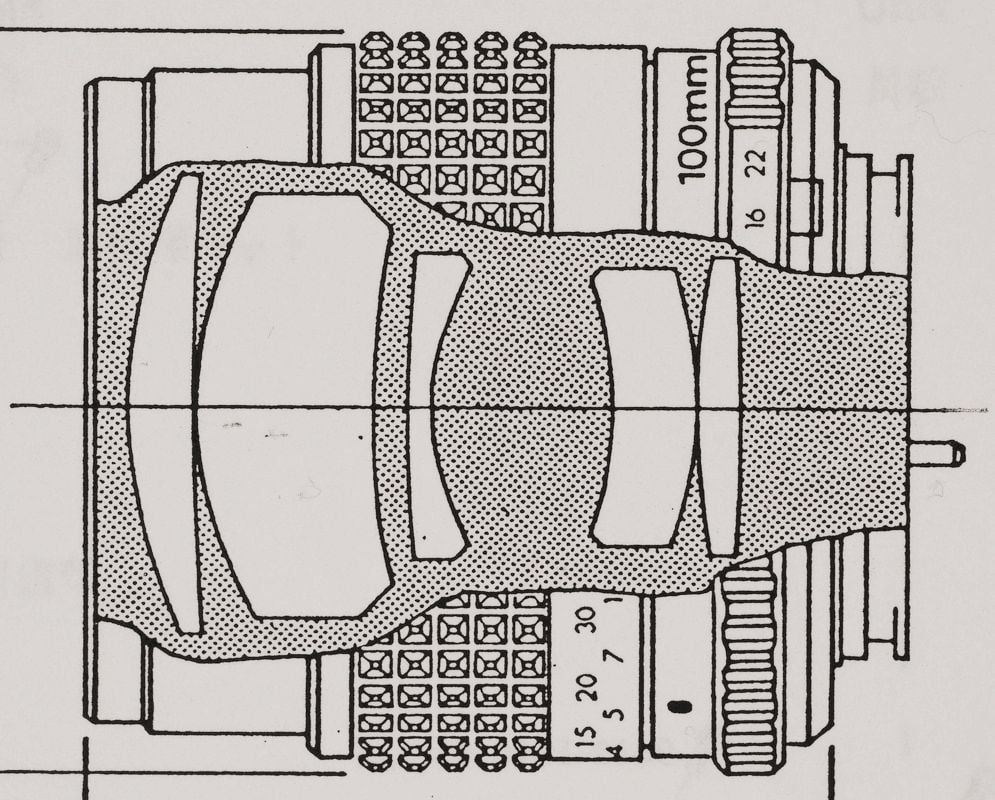
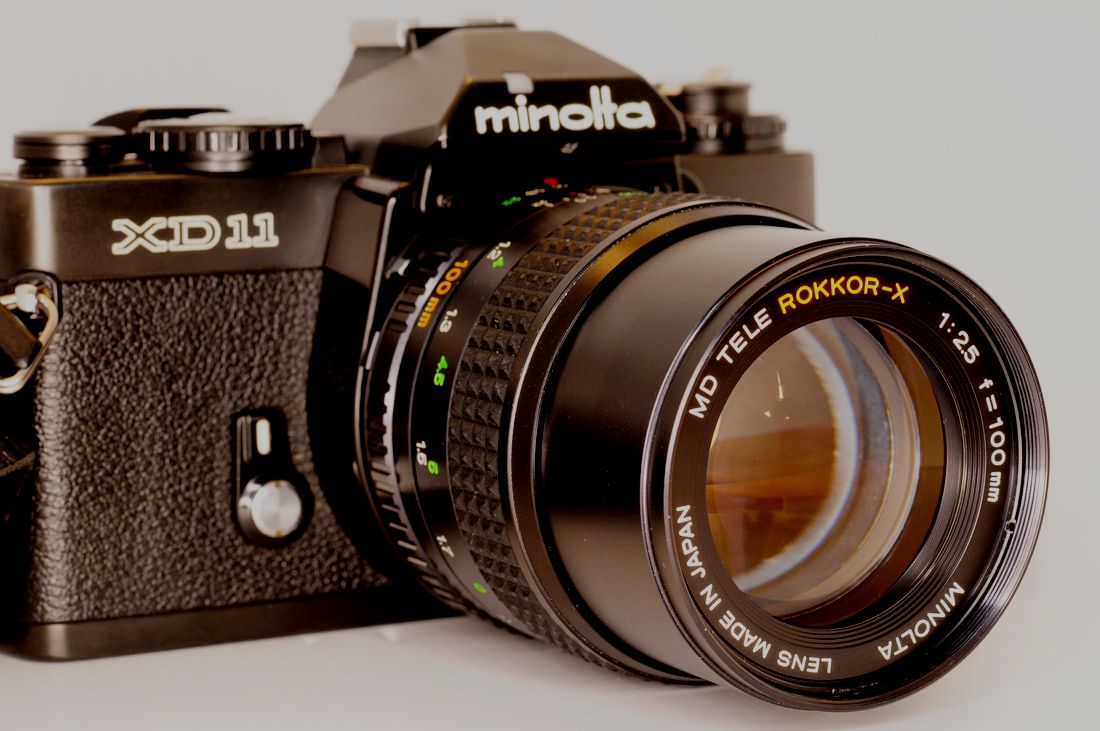
 RSS Feed
RSS Feed